Artist Mary-Ann Orr found herself standing in the middle of a war zone in June.
She was in Ukraine to bring art supplies and therapy to the most vulnerable children who are still living in cities and villages right on the front line.
But as she arrived in the eastern city of Kherson, nothing could prepare her for the “nightmare and reality” of war.
What were conditions like on the Ukraine war frontlines?
There was no birdsong.
Deathly silence was pierced by the constant thunder of rocket fire.
The stench of decay and death hung heavy in the air, seeping slowly into her sweaty jeans.
The wind whistled songs of pain as cries from amputees filled the air.
Ammunition fumes hung heavy like teardrops on confused, collapsed, overhead tram cables.
Newborn kittens and dogs – like skeletons with wagging tails – hovered nervously in the shade of abandoned bus shelters.
Visiting hard hit communities just weeks after the destruction of the Nova Kakhokva dam, she saw at first hand the consequences of one of Europe’s largest reservoirs unleashing its contents across the land.
Mud was everywhere, and the air was filled with the putrid smell of dead animals and fish.
She felt as if she had walked through the television screen onto the battlefield.
She was in the liminal space and there was no off button.
How does Mary-Ann feel having returned from Ukraine to Scotland?
Mary-Ann, 65, has since returned to the relative peace of Scotland, where she continues to reflect.
She divides her time between her studio in Auchmithie, near Arbroath, and her residence in Newburgh, Fife.
She’s working closely with exiled Ukrainian families living in Dundee to help them get materials over to their relatives.
She’s already planning her next trip which, she’s determined, will be “needs based”.
However, when The Courier catches up with her at her home in Fife, she reveals that this latest trip – her second this year – has also taken its toll.
“I’m suffering quite badly from PTSD (Post Traumatic Stress Disorder),” she said, verging close to tears as photographs of her trip brought back memories of those she met.
“Missiles were quite literally going over my head. Nothing in the world makes any sense anymore. I have no want for possessions and ‘stuff’.
“The only want that is real is that which is in your heart – that which cannot be broken and shattered – eternal love!”
How did Mary-Ann start supporting the people of Ukraine?
Born and raised in South Africa, Mary-Ann, who’s lived in Scotland for 13 years, is no stranger to helping marginalised communities use art to change lives.
When she had a gallery in Cape Town, she worked with children who foraged to survive on landfill sites.
She carried on this rewarding work when she came to Scotland and started teaching art in college and prisons.
When the full-scale Russian invasion took place in February 2022, she was working for Fife College as a prison art tutor.
She was approached by prisoners in one of her art classes who asked what they could do to help.
Inspired by the 2013 origami Peace Crane Project which promoted world peace and referenced the story of Sadako Sasaki (1943-1955), a Japanese victim of the long-term effects of the nuclear bombing of Hiroshima in 1945, she decided to teach the prisoners how to make origami sunflowers – the national flower of Ukraine.
The results were phenomenal.
In the months that followed, prisoners painstakingly folded and put together nearly 20,000 Art 4 Children in Ukraine fundraising paper sunflowers.
To mark the war’s first anniversary, Mary-Ann created an installation which went on display in Auchmithie Church.
Scottish prisoners supplied handwritten testimonies saying things like “it rights my wrongs” and “it allows me to give something back”.
Struck by contrast between actions of Scottish and Russian prisoners
Mary-Ann was fascinated by the contrast between the Scottish prisoners’ reaction and reports of Russian prisoners being thrown onto the frontlines as part of the Wagner group, engaging in “heinous, murderous, rape and pillage”.
With the prisoners’ sunflowers raising money, she wanted their efforts to “bring something special and measurable”.
After speaking to her now Tayside-based Ukrainian artist friend Lucy Nychai, who is herself a refugee and who helped her with contacts, she came up with the idea of taking creative supplies to the war-zone for children.
She volunteered to drive a vehicle from Edinburgh for Jeeps for Peace – a charity which reconditions old cars and trucks for use as rapid evacuation military vehicles – taking her first load of art supplies with her.
What sort of welcome did Mary-Ann receive in Ukraine?
Receiving a “remarkable welcome” from Ukrainians in the south-central area, where several Dundee refugees are from, she made contact with Lucy’s friends.
She went to very rural areas and worked with orphanages and families, running felt-making workshops.
Wide-eyed children, already shell-shocked by war and deprived of formal education, would say things like: “Is this piece of paper all mine? And the paint?”
When she checked herself into a hotel in Lviv, she further saw how war was impacting the country, away from the frontlines.
“I arrived on the Sunday and there were churches full of people just in prayer,” she said.
“Then on the Monday the shops all closed. There was this convoy of funeral cars.
“Caskets were going past in open funerals.
“It affected me, this huge city, with a banner of angels wrapped around the church done by children who’d experienced significant trauma in the war.”
Determined to return to Ukraine a second time with art supplies for children
After returning to Scotland from that first trip, things “really took off”.
Getting together with her Ukrainian facilitators on Zoom, and keen to return, she emphasised the need for a strategy.
The decision was made to make up to 300 art bags containing art supplies which would be targeted at children in the war-torn east.
She turned her Auchmithie gallery into an art space.
She started working with Ukrainian refugees who wanted to help and sew.
It gave them purpose and a pro-active way of helping children and families back home.
Mary-Ann gave out art bags to Ukrainian refugee children living in Tayside on Mother’s Day.
She also helped exiled Ukrainians celebrate Vyshyvanka Day – an international holiday that aims to preserve the Ukrainian folk traditions of creating and wearing ethnic embroidered clothes called vyshyvankas.
It was shortly after this, and after fundraising for 165 art bags, that Mary-Ann flew out to Ukraine on her second trip.
It was a true “eye opener”
“In every town in Ukraine, every walkway is covered with canvases of young men who have died,” she said.
“Every day there were people kneeling there, lighting candles, and new ones going up.
There’s not a city you can go to without sadness coming over you.”
Mary-Ann stayed in the house of a refugee, currently exiled to Dundee.
She was introduced to contacts including Vlodymyr, the head of military administration for the Kherson district.
With permits secured, he took her on a three-day 1000-mile journey east to the Kherson hub that had been created to support thousands of refugees living near the frontline.
Arriving on the frontlines after a hair-raising journey along crater-filled highways and past mine fields and bombed-out buildings, it’s the human stories that have had the greatest impact on Mary-Ann since.
‘Surreal’ encounter with senior Ukrainian chiefs in Kherson bunker
When a teary-eyed orphan girl heard she was going to Kherson, the child asked if she could give her art bag to the military, instead of keeping it for herself.
Determined to honour the child, through Vlodymyr’s contacts, she was taken to a top security bunker.
She passed through checkpoints and multiple security checks, before being “surreally” introduced to some of President Volodymyr Zelenskyy’s “right-hand men” who had just finished a military planning meeting.
Introduced to them in a boardroom bunker deep underground, she wondered what they’d think of her being there with her colouring books.
But when she explained the story of the orphan who gave her the bag, and why she was there, these hardened military men softened and for a few moments became “husbands, fathers and brothers” again.
“They were so touched,” she said.
“They called the Ministry of Culture and decided to put the little bag in the Ukraine National Museum, under ‘children’s war efforts’. I’m awed at that.”
Heart-breaking story of young Ukrainian boy drawing his dead hamster
Mary-Ann tells another heart-breaking story of working with Kherson refugee children in a village.
She gave them canvas bags and suggested they use an image of their pet as a source of inspiration.
One young boy sat aside from the others.
Looking at his mobile phone, he painted an image of his hamster.
Tears rolled down his face as he painted.
A teacher later told her that the boy and his family had evacuated from Kherson shortly after the Russian invasion.
He was unable to take his pet hamster with him and left it with a family who stayed behind.
When the Kakhovka Dam exploded in June, his beloved pet had drowned.
He was now totally distressed and overwhelmed with guilt: Why did he not bring it with him?
Why a Ukrainian dog looked after by Russians is now called ‘Traitor’
Another human story she was told involved a dog.
When the Russians occupied, most of the dogs had strokes through trauma.
One dog disappeared.
When someone spotted through binoculars that the Russians were looking after it, the community rallied together to find a way to get “their” dog back.
The dog, now back in Ukrainian ownership, has been renamed “Traitor”.
She also came across a young boy in Lviv, busking to raise money for military vehicles.
The sign on his box translated to say that if his dad had had a rapid evacuation vehicle, he would have lived…
Saddened at children ‘burdened by war’
Mary-Ann feels there’s a “real vacuum of human stories about Ukraine when you watch the news”.
She’s saddened at children “burdened” by war, innocence lost.
But from a western aid perspective, she thinks there also needs to be more targeting of needs.
While clothes and shoes and the like have been generously donated in Britain and beyond – and these efforts have been amazing – she says there is now a great excess stored in warehouses.
There are far more specific needs, she said.
Her art supplies are one example of something different.
But another example she gives is the need for adult nappies.
Why is there a desperate need for adult nappies on the Ukraine frontlines?
In Kharkiv, for example, many elderly villagers have outhouses as toilets.
But people have been so terrified to go out amid the rocket fire they soil selves.
When community helpers knock the doors, there’s often a stench of faeces and urine.
To keep their dignity, nothing is said.
But community activists now simply leave a plastic bucket outside the door each night.
A retired obstetrician now in Dunblane has also told her how there’s a particular need for three million special dressings that take the shape of a wound.
This could save many lives.
Loss of innocence: How an encounter at end of Ukraine trip summed up situation
An encounter which “summed up” her visit came near the end of her trip.
After being told not to visit a school because the area had been mined, they came across a group of young children who’d set up a “checkpoint” at the side of a road.
They’d fashioned a pretend rocket launcher from a drain pipe and rifles from wood.
Nearby, their sisters were playing “Red Cross” – pretending to care for injured and dying children.
It was a heart breaking scene, humoured when Mary-Ann and her facilitator let the boys try on their armoured jackets and check their passports.
But when Mary-Ann gave them some of her spare art supplies, the pretend soldiers suddenly became wide-eyed children again.
“The crazy thing is these art supplies are out of Home Bargains in Arbroath,” she smiled.
“Colouring in books. The children couldn’t believe they were for them.
“They wanted more, simply to play.”
Tragic news since returning home
Sadly, at the time of this interview, Mary-Ann has just learned that the village where these children lived had been bombed.
A child and his eight-week old sister were killed.
Their mother was critically injured.
Mary-Ann doesn’t know if one of the boys she met was amongst the casualties.
However, such experiences have made her even more determined to support the children on the frontlines, and the families, now calling Scotland home, who are reaching out from afar in Dundee and elsewhere.
How can people volunteer and help
Donations can be made by scanning this Just Giving fundraising page or by scanning the QR code.
Voluntary help and assistance in any form is also welcome.
Mary-Ann Orr can be contacted via orrgallery@gmail.com
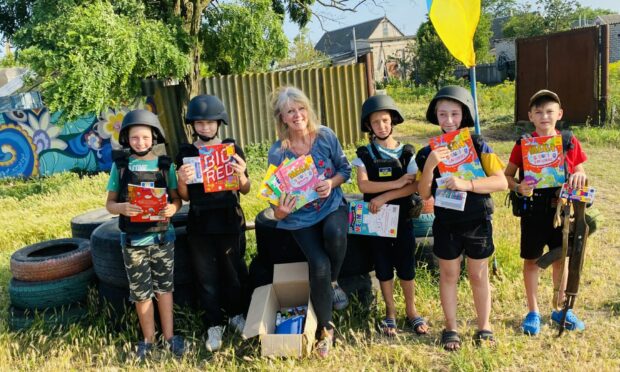
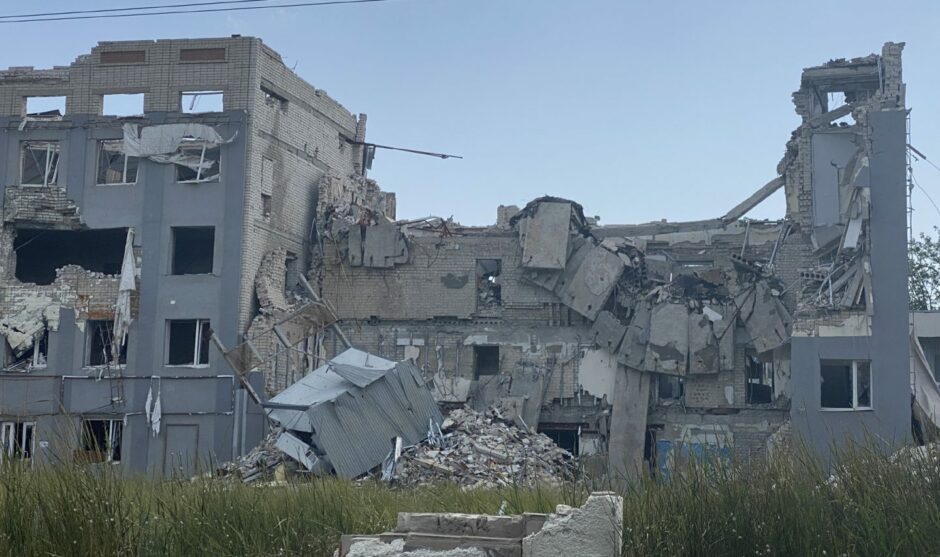

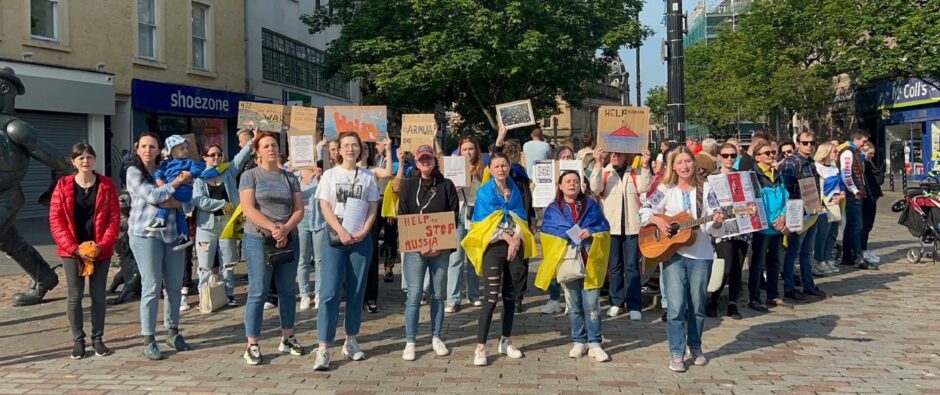
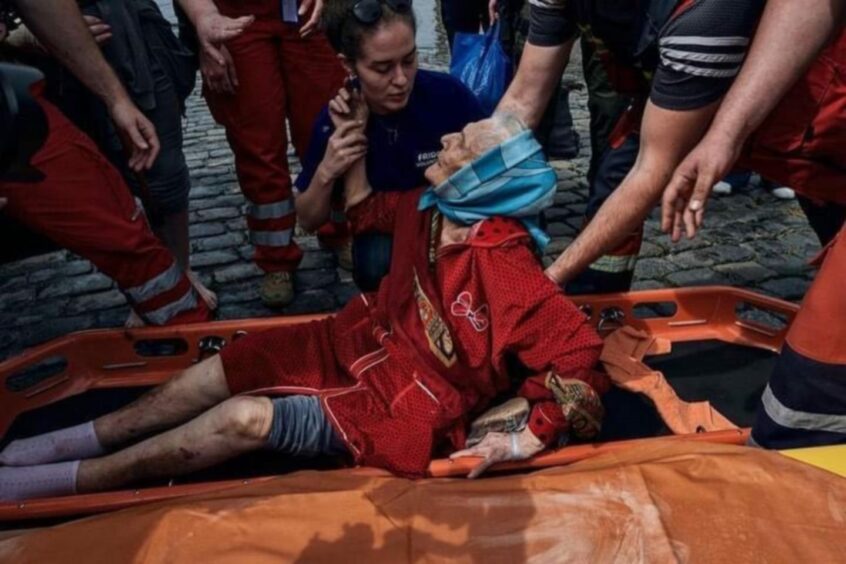
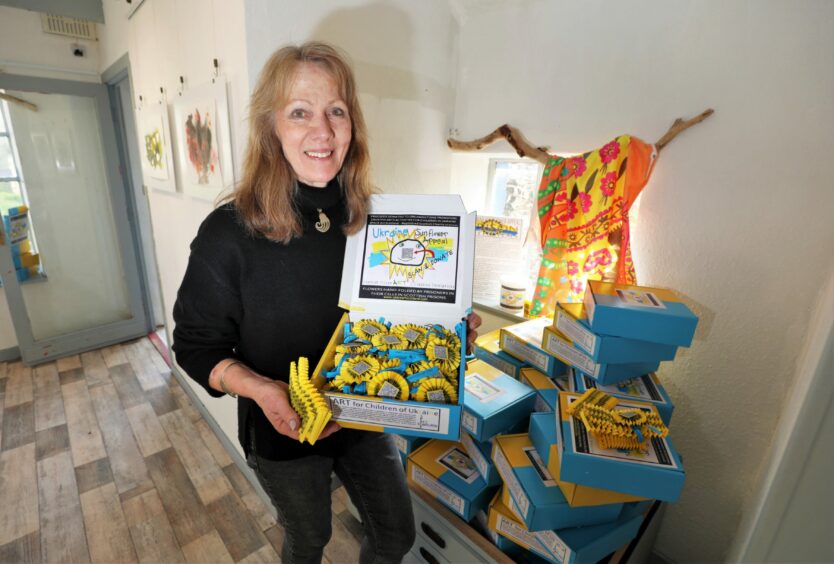
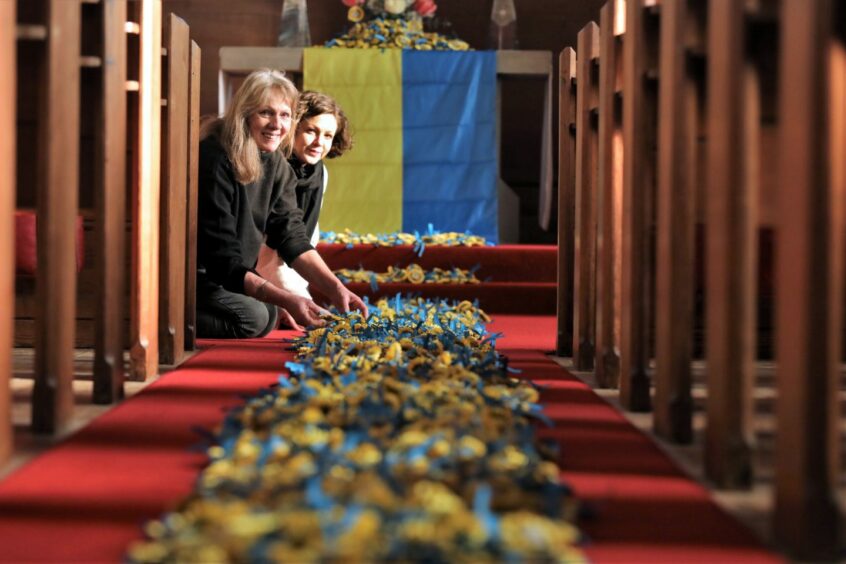
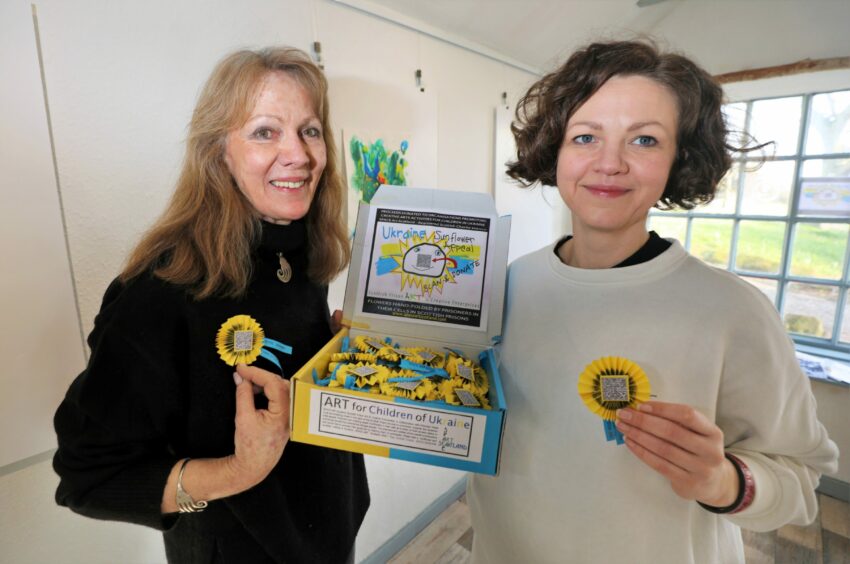

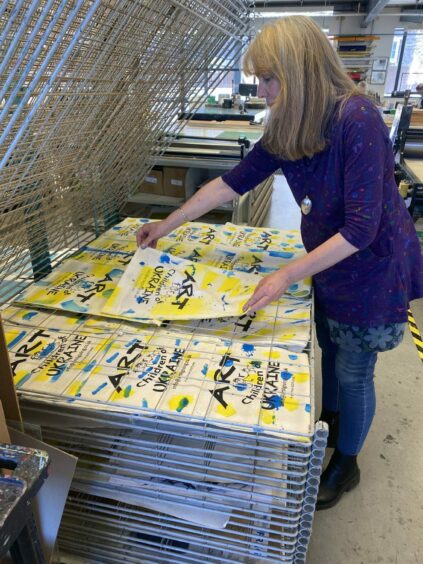
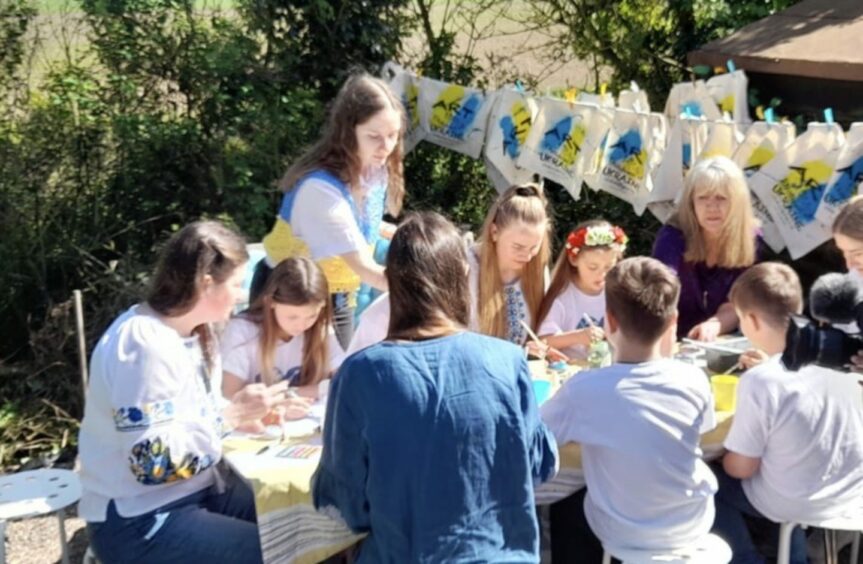



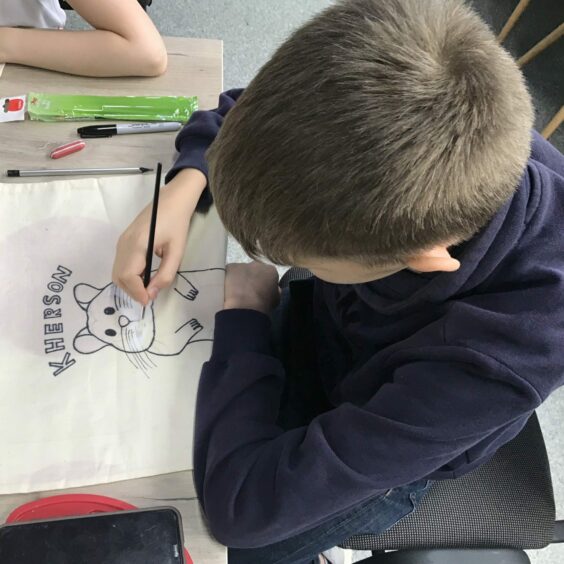
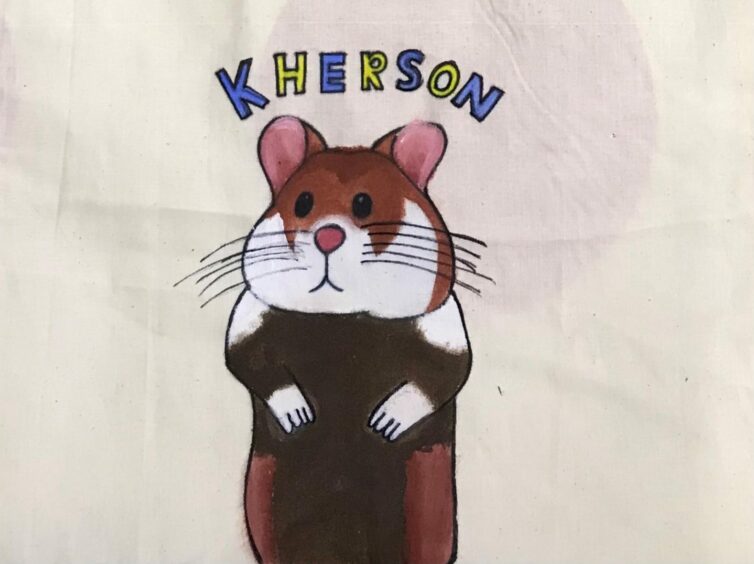
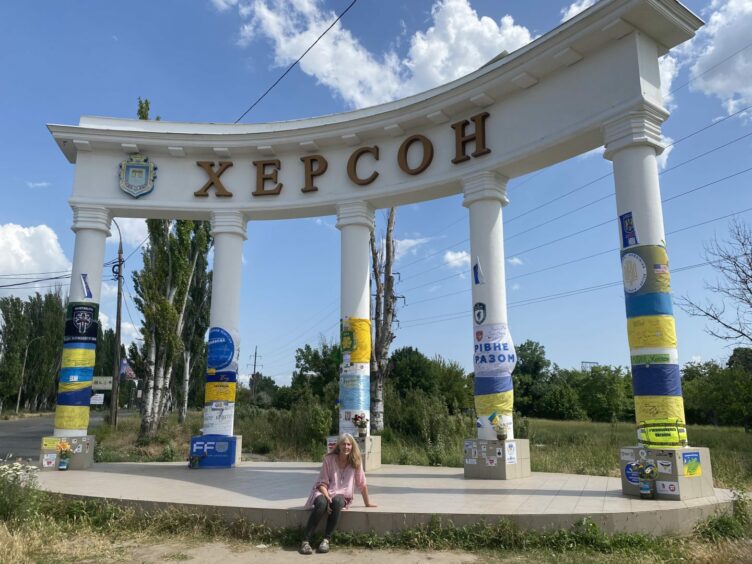
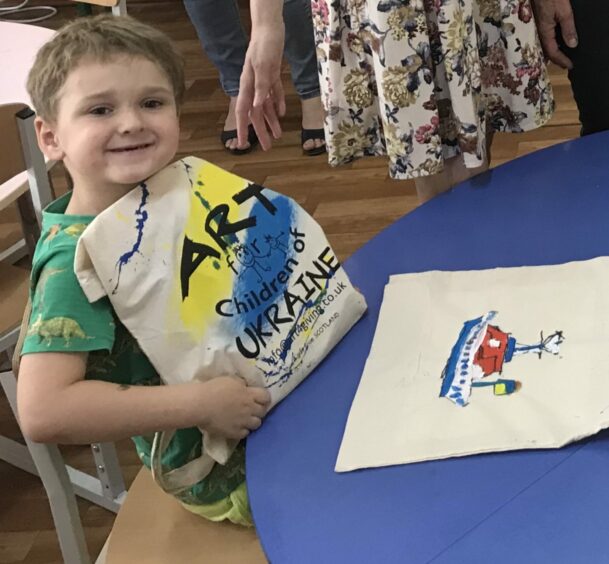
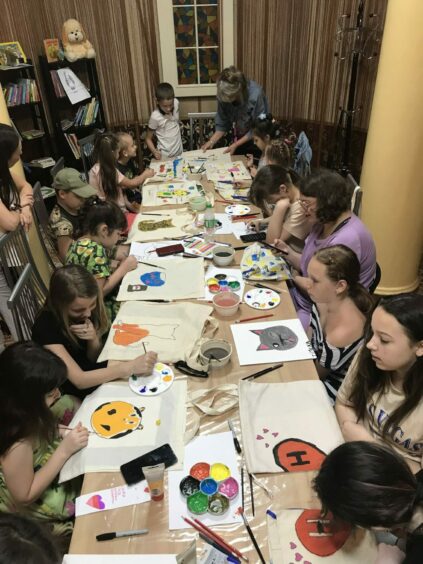
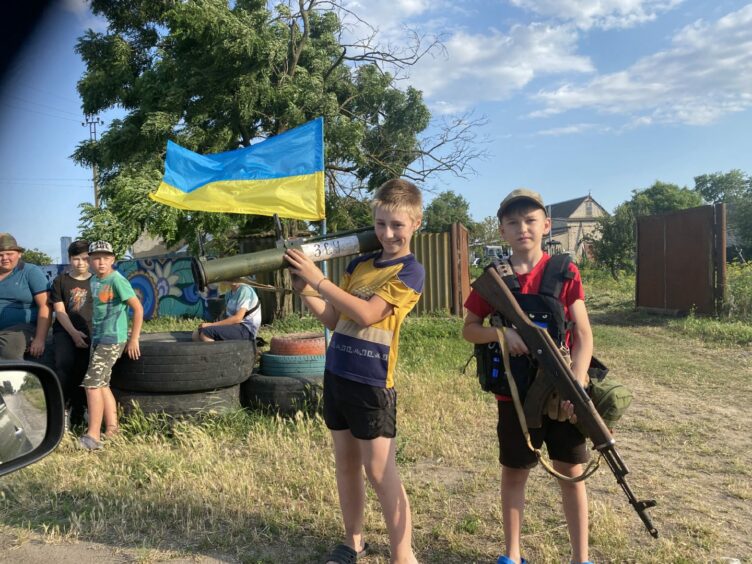

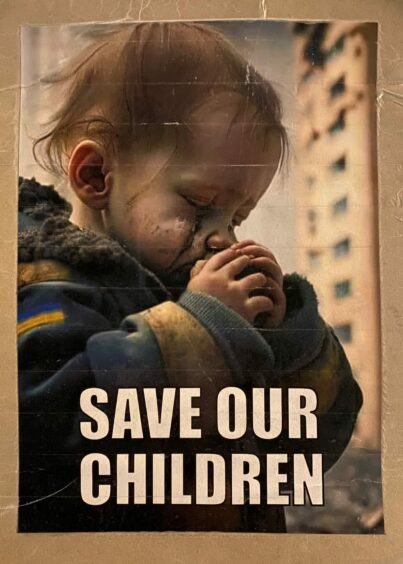
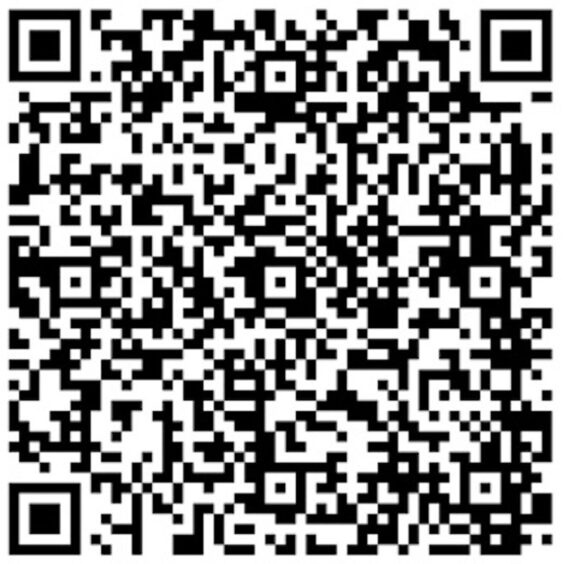
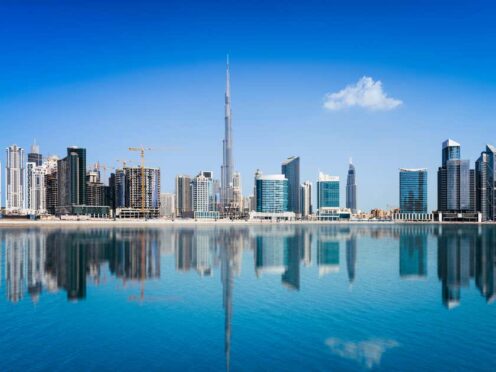
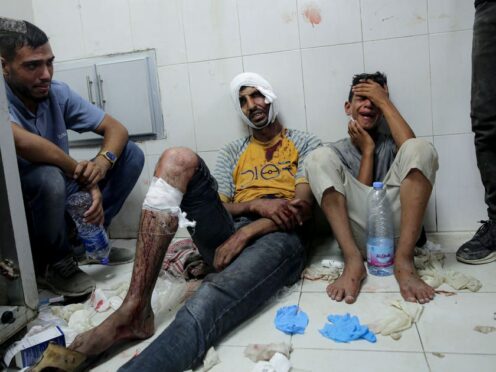
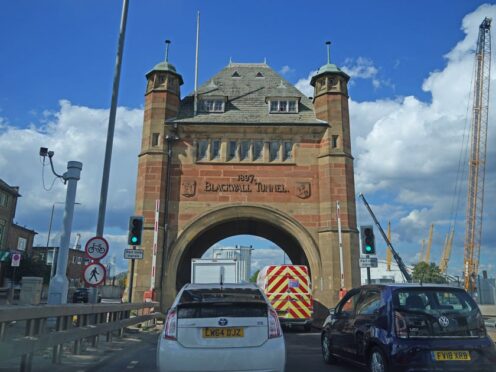
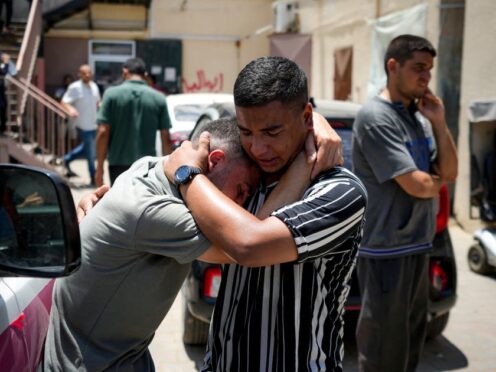
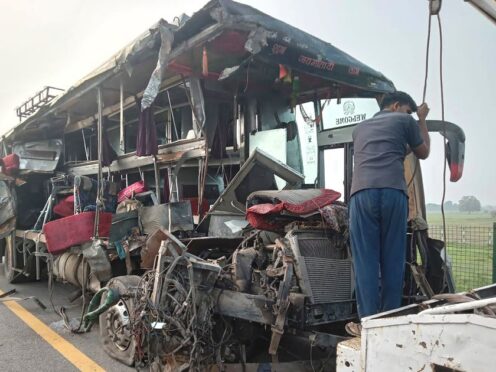
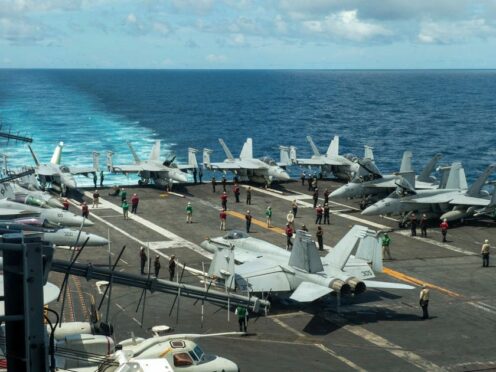
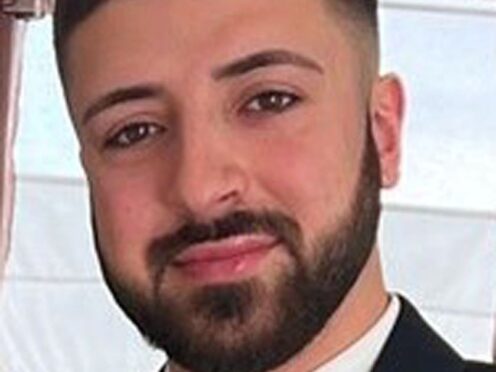
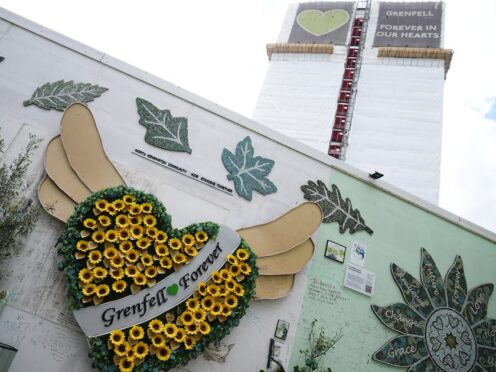
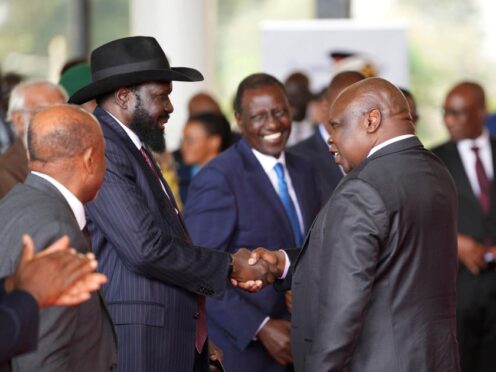
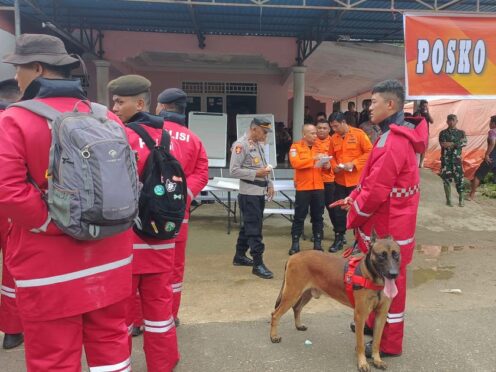
Conversation